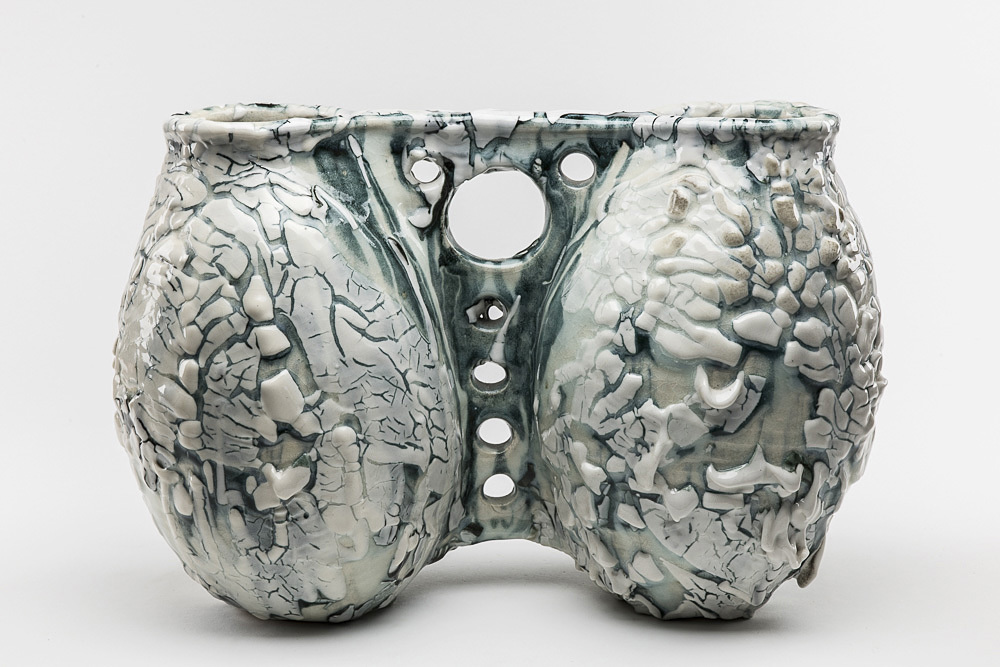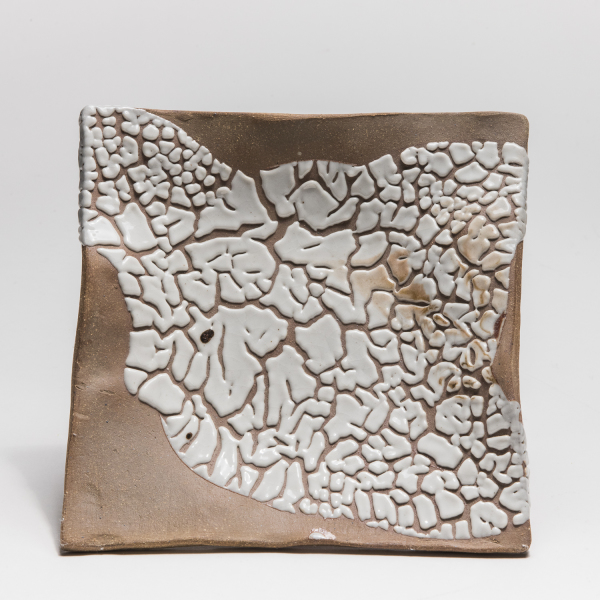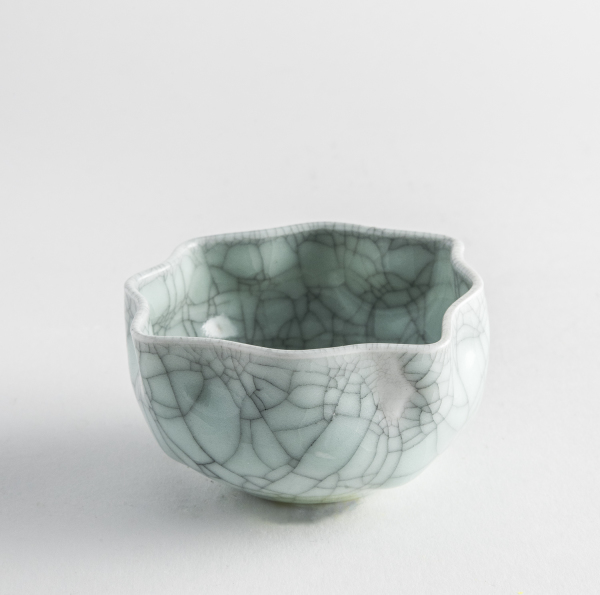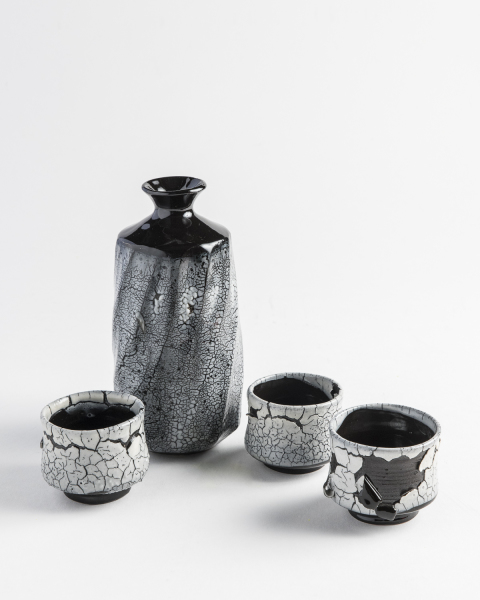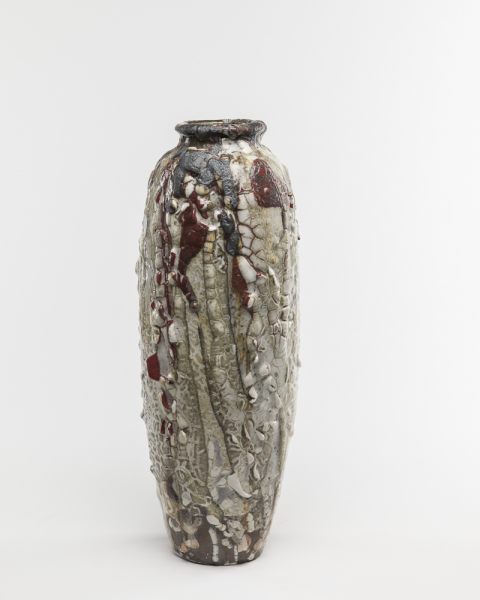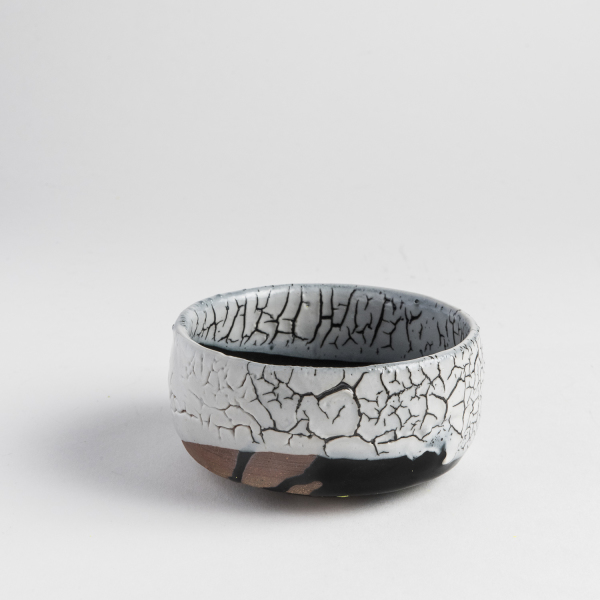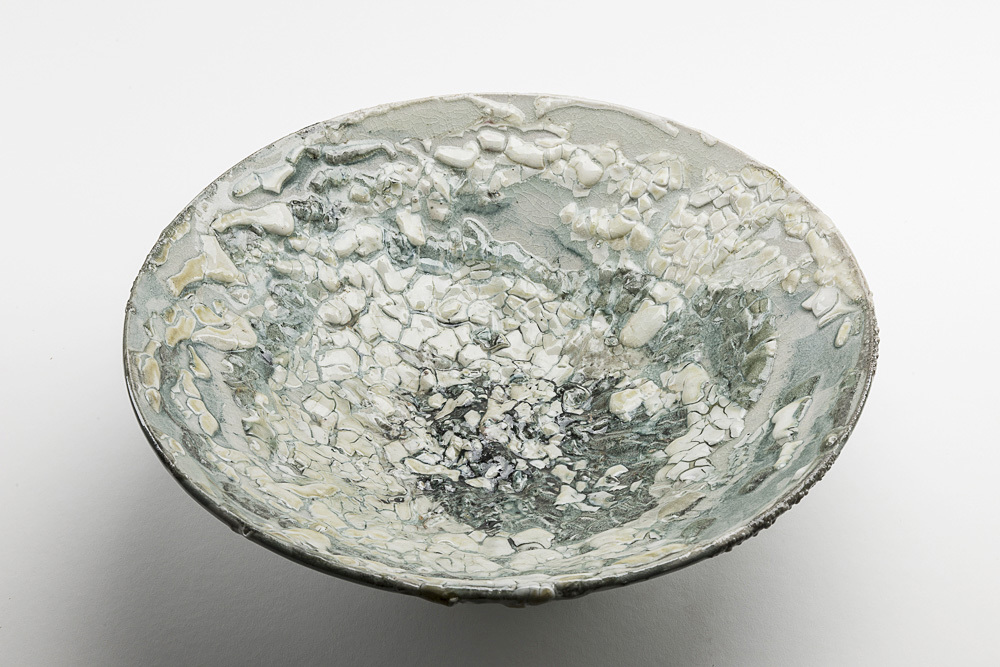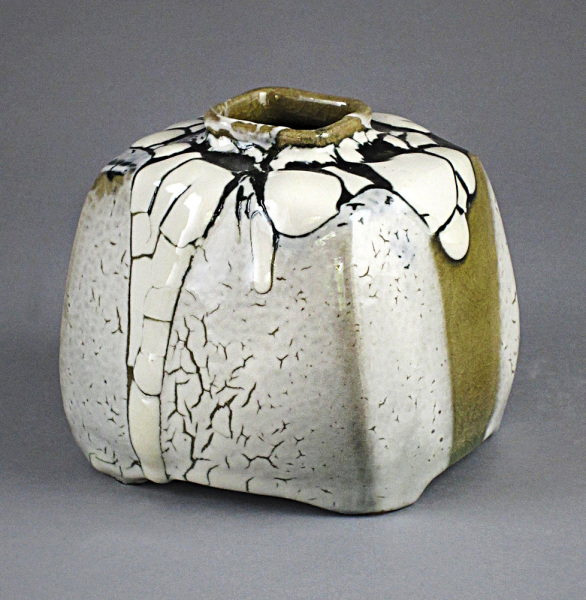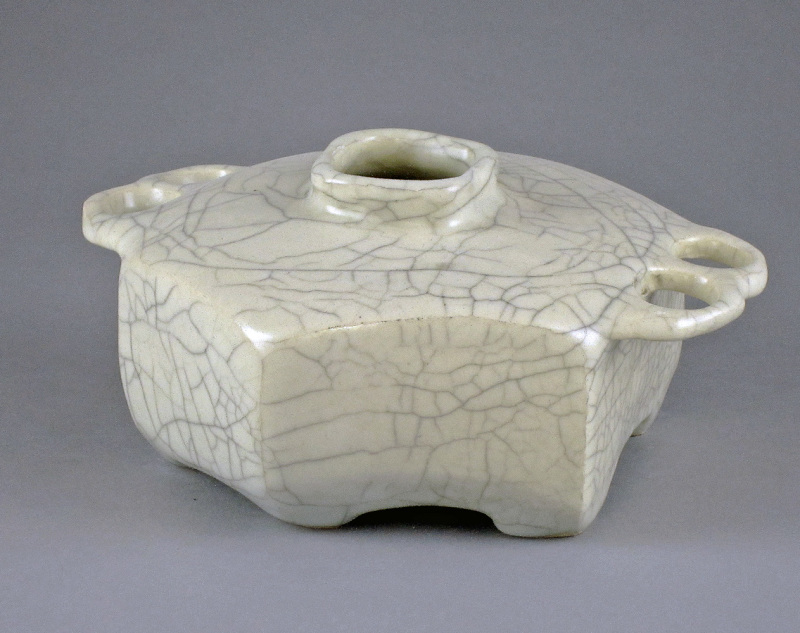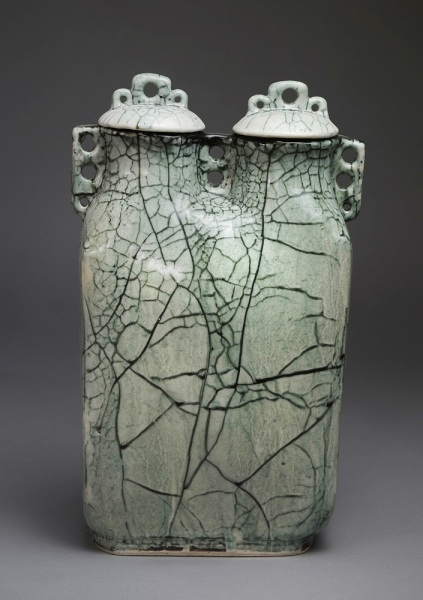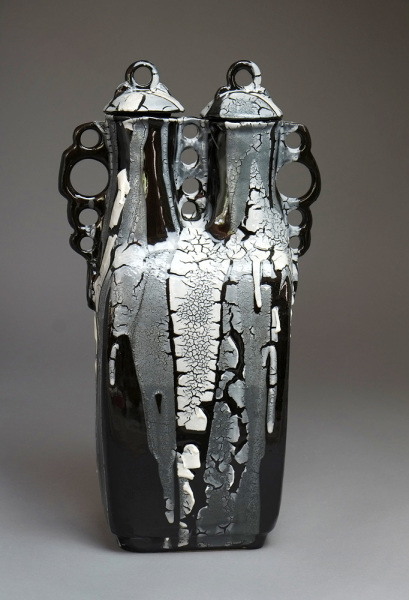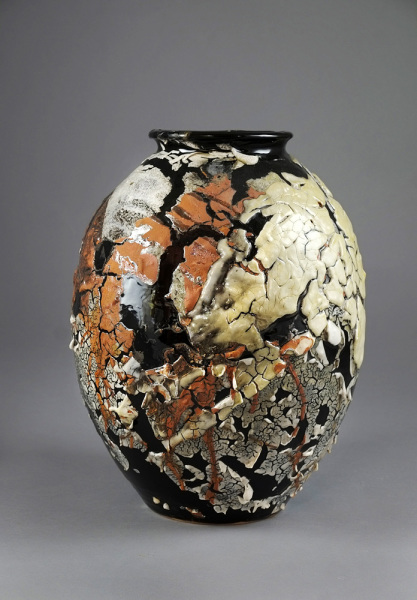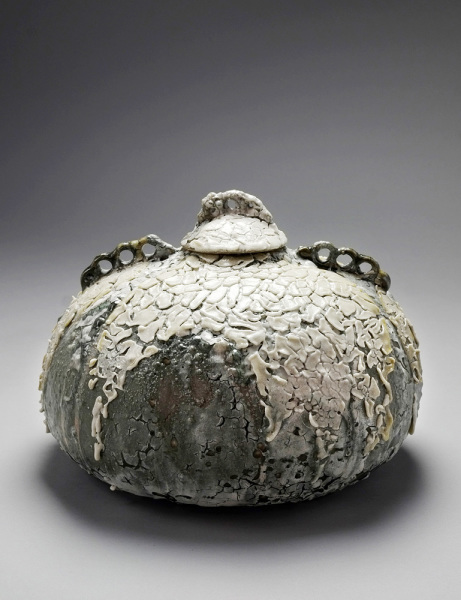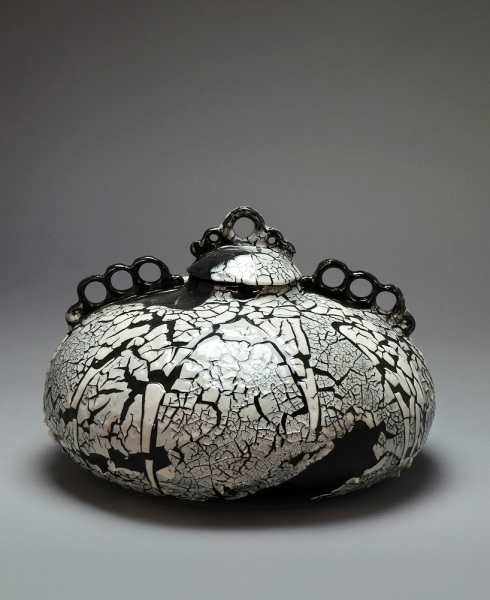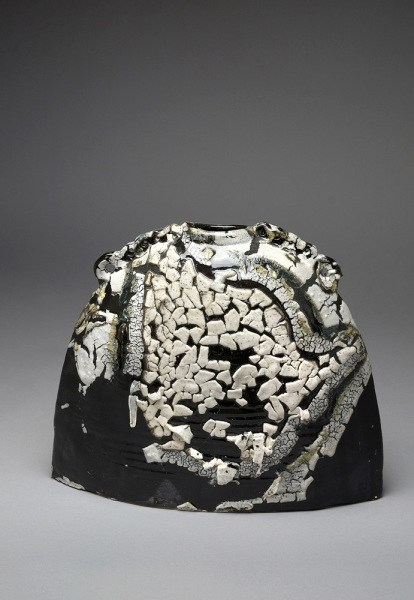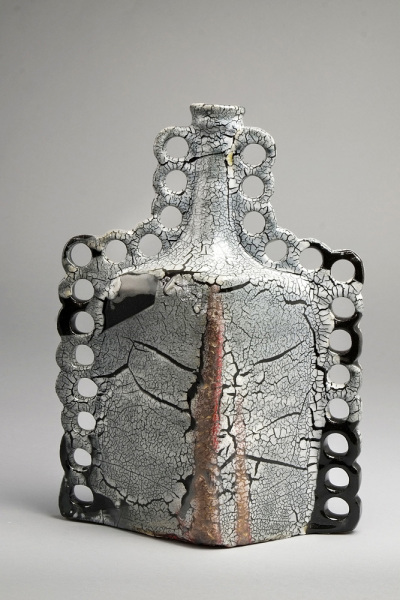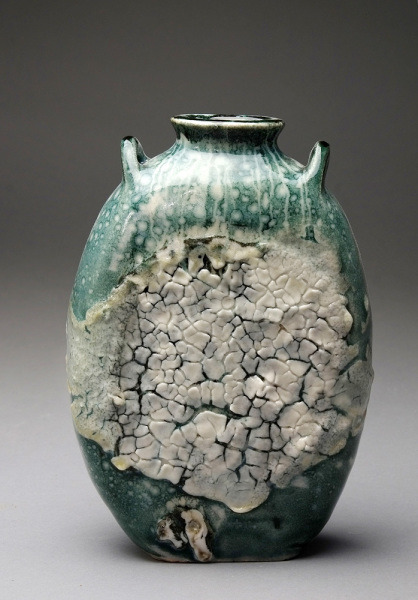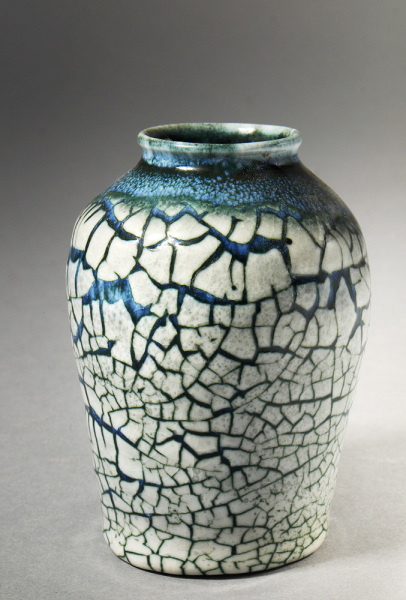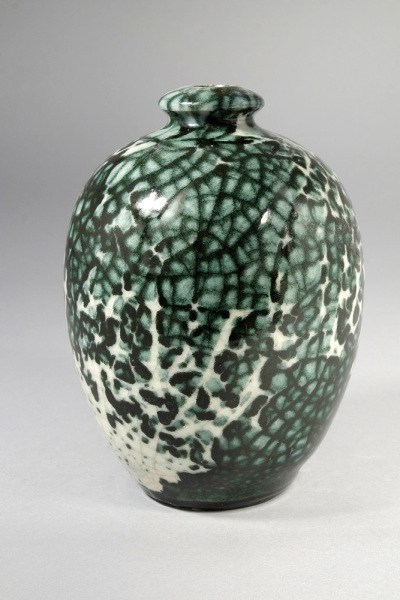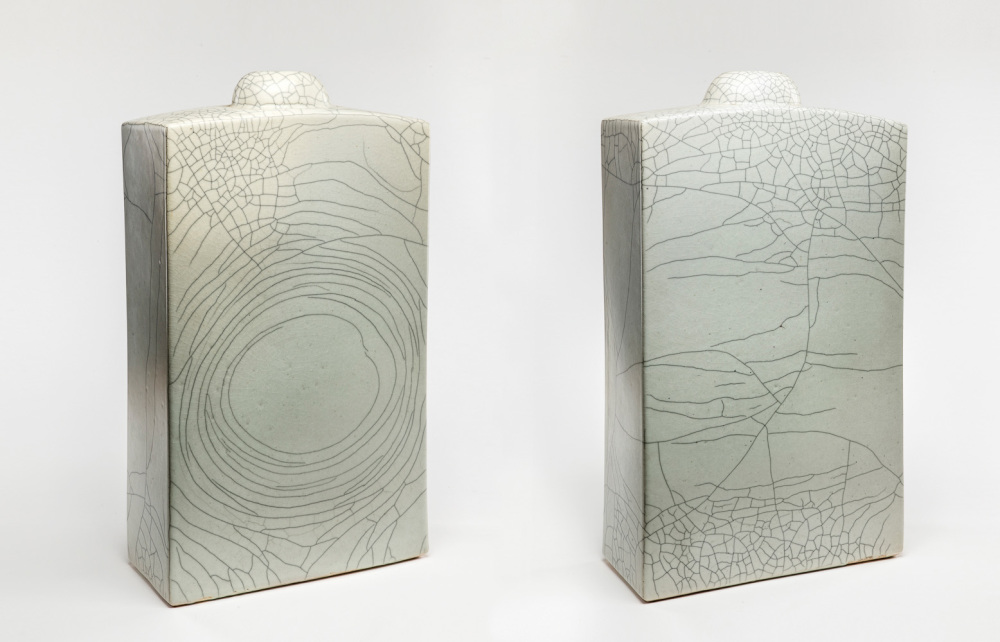Shortly after arriving in Hawaii I met Clayton Amemiya, an anagama potter (using a tunnel kiln and ash glaze) who worked in a traditional Japanese style of pottery making. I observed his work for two decades, never quite understanding how these incredibly beautiful works came into being.
There was just something about his vessels that integrated the making, firing, and using in a way that was intangible. When I held his cups, his bowls, his bottles and jars, there was something transcendent I just couldn’t quite grasp.
Then a few years ago, Jay Jensen, late curator at the Honolulu Museum of Art, invited me down to their vault to see the collection of ancient pottery. I’d seen some of these works through glass in museums and in books, but now they let me handle Song Dynasty celadons, Joseon Korean porcelain, Japanese stoneware.
These works felt different from any ware I’d ever felt, except Clayton’s pottery. The Chinese celadon bowls are perfect, milky jade petals that you can cradle in your hand – the rich brown foot is delicate, the glaze wavy and imperfect like history, the chaos of time frozen as the glaze beginning to melt stops just above the floor.
Holding a thousand-year-old cup, turning it over, I realized that every detail of this piece was made for use. It was made so that the experience of drinking from a cup, or tipping a pitcher, created a rarified experience. I could sense that the first user of this vessel was the potter whose hands formed it. As I turned these objects over in my hands I realized that I’d never made real functional pottery.
It’s the experience that must have made people want to pick mud up out of a ditch, squeeze it into form, then fire it. That was an experience I wanted..
